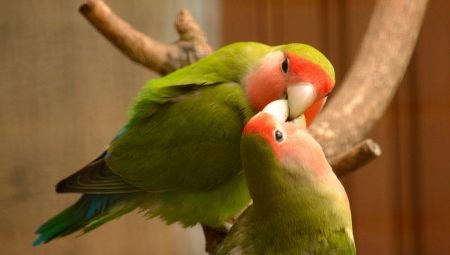Lovebird parrots are sociable pets that do not require strict care. Subject to the rules and characteristics of the maintenance of birds, diseases can be avoided and their health maintained for 10-15 years. Parrots are quite active, so for lovebirds it is necessary to properly equip the cage and choose the appropriate toys. Thanks to this approach, the birds will feel more comfortable and will not get bored.
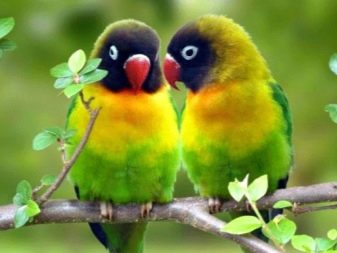
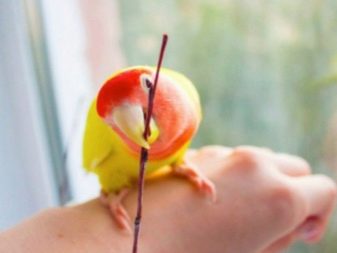
The choice of cages and toys
With properly organized care, parrots well tolerate their existence in captivity. In order for a bird to live a long life, it is necessary to constantly monitor its health, maintain hygiene rules and not overfeed. Pets should feel comfortable in their cage, because it will serve as protection for them. It is important to remember that the parrot perceives the cage as its own house: a place for a nest and an overnight stay.

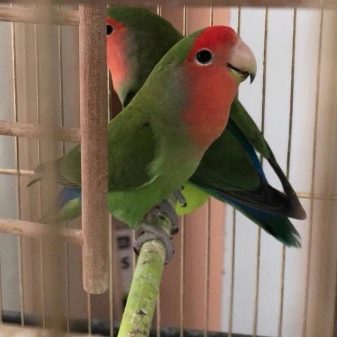
A place
Before arranging and buying a cage, you must first determine its size and place in the apartment. The future bird house should be located in a warm room, isolated from noise and drafts. In this case, you need to put the cage so that it can be freely approached. Parrots need attention. It is better to communicate and play with lovebirds near the cage so that the pet can get used to the owner.
Thanks to this practice, after adaptation, the bird will calmly react to the presence of a person near its feeders and nests. In addition, every day it is difficult to change food in a stuffed cage.

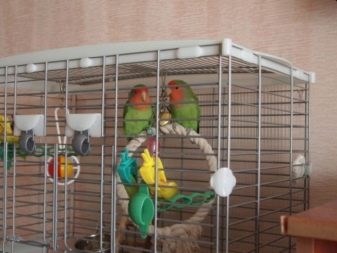
Sizes and shapes
Despite the small body size, birds need a lot of free space. Therefore, a spacious cage should be purchased for the house so that the parrot can spread its wings completely and make small flights. Movements help them get rid of excess energy.
In conditions of physical inactivity, the bird quickly gains excess weight, which is fraught with the development of cardiovascular diseases.
In narrow spaces, feathers break on iron rods. If the lovebird hits the grating while moving, it could be seriously injured. The bones of birds are hollow and brittle, so they easily break and crack. To avoid bruises and fractures, you must take care of the safety of your pet.
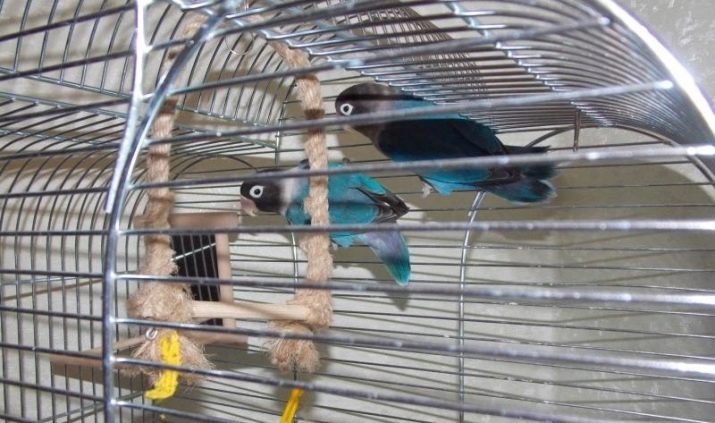
The best option for lovebirds is a cell measuring 0.5 x 1 m. If you plan to buy a bird for a couple and breed parrots, you need a more spacious house. In small cages, birds do not breed. Often, small cells can lead to a struggle for territory. Ease of care should also influence the choice of shape and size of the cell. It is more profitable to buy a house for a parrot with a retractable bottom, so that it is more comfortable to remove excrement and change paper.
Veterinarians recommend buying a rectangular cage. Corners should not be rounded. During the period of adaptation, the bird will treat people incredulously, and with each approach they will often rush about. As a result, the parrot clogs its back into a corner. In this position, he feels more protected, especially during the laying period.
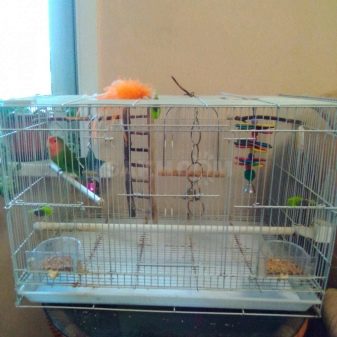
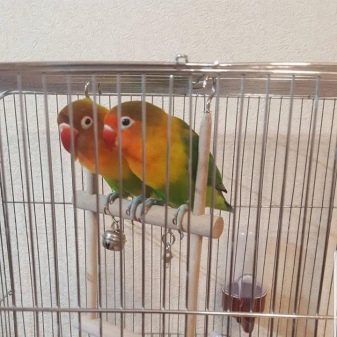
Between the rods, a distance of 1 to 1.5 cm should be maintained. This is necessary to provide the bird with the best view.
You can buy a cage made of metal without spraying, organic glass or plastic. Exceptions are lead, copper and zinc products. Before acquiring a wooden cage, it should be remembered that the bird likes to sharpen its beak, and natural material will quickly collapse.
Arrangement
There should be 2 feeders in the cage: for water and feed separately. It is recommended to buy products from ceramics or organic glass. Such materials facilitate cleaning of feeders and serve for a long time. Products must be open so that the bird is comfortable to drink and get food. If the size of the cage allows, you can put a bath for bathing.
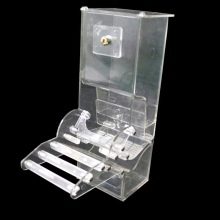
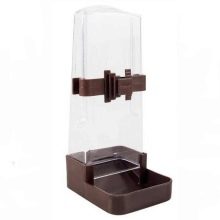

You must install at least 2 poles on which the birds will balance and sleep. It is allowed to purchase a wooden or plastic support. It is preferable to buy products made of natural material so that the bird could, if desired, sharpen its beak. You can make poles yourself: from branches of birch, willow or apple tree.
In addition to the main products for food and pastime of pets, you need to put in a cage and toys:
- swing;
- bells;
- stairs
- the ropes.
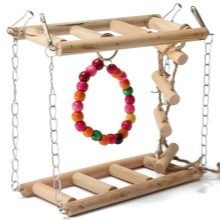

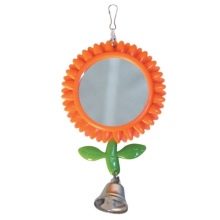
Accessories for the cage should be made of wood, linen ropes and other natural materials.
Cleaning
Wash the cage, toys and objects in it every 3 days. Drinking bowls are recommended to be cleaned every day. Hard-to-reach areas, such as corners or narrow-hole feeders, should be cleaned with a toothbrush. But, despite careful care of the pet’s house, pathogenic bacteria accumulate on the surface of objects and on the rods of the cell.
To avoid the development of an infectious disease in poultry, you should sprinkle all objects with boiling water. If the cells are cleaned with soap, the chemical must be thoroughly washed off. Wet equipment should dry.
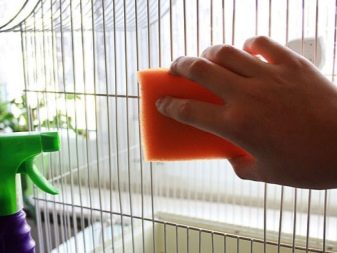
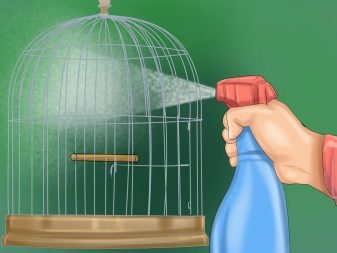
Food
For proper nutrition, lovebirds need a mixture of cereal grains with prepared bird feed. To cook at home, mix the following ingredients:
- oatmeal and grains:
- canary seeds;
- corn grains;
- sunflower seeds;
- millet.
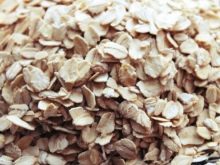

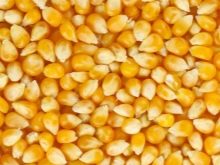
On the day you need to measure the grain mixture up to 1 tbsp. l with a slide. In addition to cereal crops, a variety of fruits, herbal preparations, in the amount of 2 tsp.per day. You can mix finely chopped apples, currants and blueberries with fresh nettles, parsley and clover. If the fruits are rubbed, then the fibers obtained from them can be hung using a clothespin in the upper part of the cage. In this form, it will be easier for parrots to eat food.
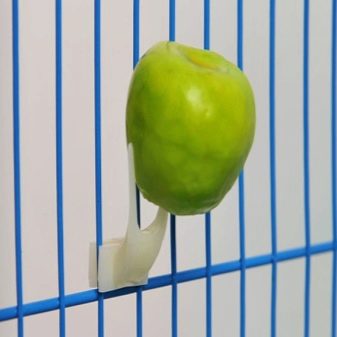
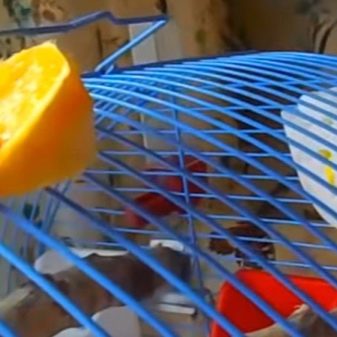
Once a week, you need to give protein food to the lovebirds: the cottage cheese is mixed with chopped chicken eggs. Veterinarians recommend preparing fresh cereals of rice or buckwheat with pureed fruits for pets. Poultry proteins can be obtained from legumes, which must be soaked 3-4 times in water and boiled for at least 60 minutes. In the diet of pets, you can include greens containing vitamins, plant fiber and mineral components:
- spinach;
- cabbage;
- lettuce;
- nettles.
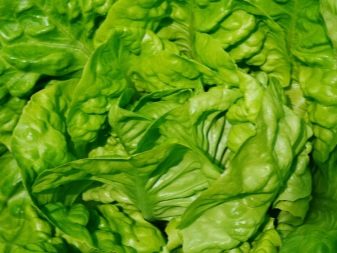
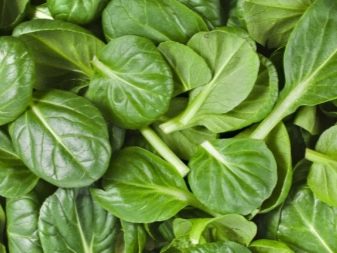
It is not recommended to give the parrot candied plant products, tropical fruits.
It is strictly forbidden to include persimmons, avocados and mangoes in the diet. The feed must be free of dust and dirt. No need to buy grain with impurities.
How to wash?
Proper care of the feathered pet provides for the regular bathing of the bird at home. Lovebird parrots love to clean their feathers of dirt, feed residues and excrement on their own. They will definitely visit the bathtubs pre-installed in the cage. Taking care of themselves, parrots maintain their health and improve their appearance. Regular swimming helps birds maintain spinal flexibility. For the correct maintenance of lovebirds in the house, you should know about the features of their washing:
- in the cold season, you should bathe the parrots 2 times a week, and each bird needs its own bath;
- water temperature should be at least + 27 ° C;
- Before bathing the birds, close the windows and doors in the room to prevent drafts;
- no need to add detergents, shampoos and balms to the water;
- pour water into the bath so that the pool depth is less than 2 cm;
- do not violate the structure of feathers or try to wash off the wax layer on their surface;
- in the summer you need to bathe the bird daily.
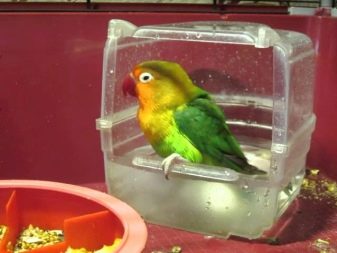
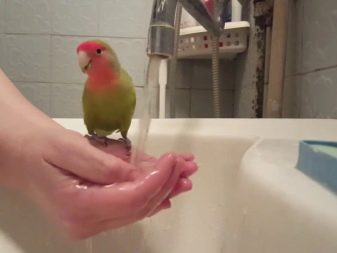
It is better to bathe parrots before dinner, so that the feathers can dry by nightfall. For drying birds it is strictly forbidden to use a hair dryer. Strong airflow can lead to pneumonia.
How to care?
Pink-cheeked, Fisher’s lovebirds, masked parrots, when properly maintained, quickly adapt to life in the house. In order for pets to adapt to new conditions faster, they should place the cage in a place limited from noise and drafts. The temperature in the room should be + 20-25 ° C. In winter, you can turn on the heater, but the house for the cell needs to be moved to a place far from it. The same goes for batteries. A distance of 1.5-2 meters is required.
In addition to proper maintenance, attention should always be paid to birds:
- communicate and play;
- uncage;
- carefully monitor pets while walking around the apartment.
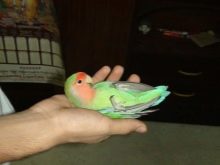
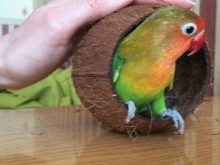

Lovebird parrots are quite sociable pets: after a period of adaptation, they stop experiencing a sense of anxiety, get used to society and human touch.
Due to the positive attitude of birds to the owner, they can be trained. Pets are easy to learn and perform various tricks.
At the initial stage of education, the parrot should get used to the hands of a person. For training, you should use sweet fruits or seeds. The young lovebird learns faster about interacting with the host compared to adults. When taming a bird, do not touch its paws and wings. Pets perceive such touches aggressively, so they can bite, scratch or fly off over a long distance.

It is necessary to talk with birds constantly, without making sudden movements and without raising a voice. In this case, the parrot must communicate with both people and other birds.For this reason, keeping one lovebird is difficult. Such a bird will suffer from loneliness due to a lack of communication with relatives. If the parrot is lonely, do not hang a mirror in the cage. Better to buy lovebirds in pairs. Parrots of this kind can learn from 10 to 15 words.

It is necessary to diversify the leisure of a pet. In addition to communication with other parrots, the pet must play with the person. The most popular ways to spend time:
- swing the parrot on a swing, periodically giving him fruit;
- tame a parrot to pass a small ball;
- hide goodies and make the lovebird look for them;
- teach a bird to put coins in a piggy bank, build a pyramid from small rings;
- use puzzles;
- play in the water with toys.
For proper care, the bird should have normal sleep conditions. To reduce the activity of the parrot, it is necessary to cover the cage with a tissue that does not transmit light with the onset of night.
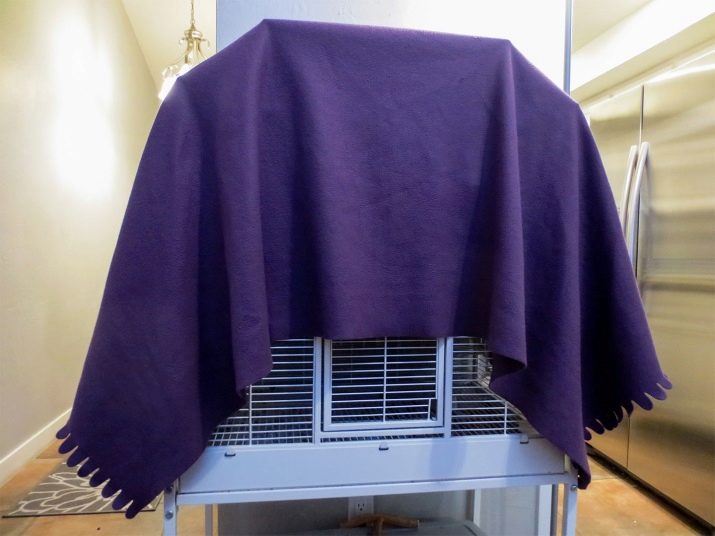
In such conditions, the birds will not be scared and worried about the sudden inclusion of a lamp. If the pet woke up, began to rush about the cage, tweet and show concern, you should turn on the light and open the cage. As soon as the bird feels completely safe, normal conditions for its sleep should be restored. Lovebirds usually sleep 10 hours a day, in winter, the duration of sleep increases to 12 hours.
To prevent rickets, birds need to take sunbathing. Under the influence of ultraviolet rays, vitamin D is synthesized in the skin of the pet. To do this, put the cage in a well-lit place and cover half of the house with tissue so that the bird can rest in the shade if necessary. If the cage is carried out into the open air, it will be necessary to protect the lovebird from attack and other interactions with street birds. This is necessary to avoid infection with parasites, viruses and bacteria.
Complete care for lovebird parrots includes periodic nail cutting and beak sharpening. In the absence of control, bone tissue quickly becomes overgrown with a stratum corneum, due to which the bird will feel discomfort. With sharp claws, the parrot can injure itself. In addition to the risk of injury, the bird has difficulty eating. So that birds can grind their beak and claws on their own, cages made of chalk and wooden sticks need to be put in a cage.
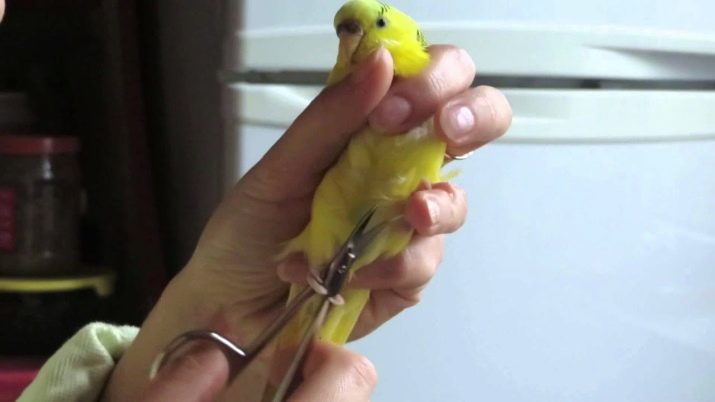
If the parrot ignores care items, you can use a nail file or manicure scissors to grind off the beak. Before use, items must be disinfected with alcohol. To prevent the bird from biting, you can wrap the parrot in a towel. If bleeding has gone while trimming, this indicates damage to the blood vessel in the claw. To eliminate the risk of developing an infection, treat the wound with hydrogen peroxide and streptocide in the form of a powder. With quick keratinization of the beak or with accelerated growth of the claws, the pet should be examined by a veterinarian. Such symptoms may be a sign of metabolic disturbance.
With frequent walks around the apartment, birds can trim their wings. Shortened feathers will not allow the parrot to fly out the window or crash from a great height. At the same time, ornithologists recommend doing this only in exceptional cases. For example, if the room has a fan or a hot stove.
Low hops will not slow down the development of skeletal muscle of the bird. To trim the wings, you will also need to wrap the bird with a soft towel so that one of the wings can be pulled out. You need to select the 6-7 longest feathers and trim them with scissors, leaving 1 cm from the root. To stop the bleeding that has arisen, you should use streptocide or hydrogen peroxide. A similar procedure must be repeated with the second wing.

Before the parrot walks, it is necessary to make the room safer:
- remove the wires;
- move poisonous plants to another room;
- throw away toxic substances;
- close doors, windows;
- close small items in the valve or tightly closed cabinet with which the parrot can choke.
During the walk, you must constantly be near the pet and monitor its movements. The presence of the owner is necessary not only for communication, but also for the safety of the pet.

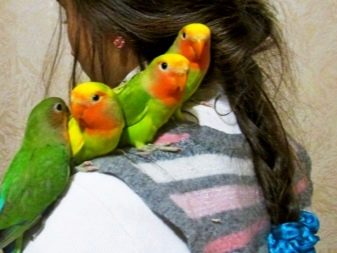
If the pet is not alone, prolonged communication is not required for the couple. During walks, they will devote time to each other, playing and chatting. It’s difficult to catch a couple of pets, so it is recommended not to feed the birds for 2 hours before a walk. In addition, birds should be released in the evening, when their activity is reduced. During the flight, the cage door must always be open. If the parrots should return to the cage, you need to pour food with slices of your favorite fruit to the bottom of the house. At the sight of grains and the sound of food being poured, hungry birds will quickly return to their cage.
If the breeding is planned, they need to build a nest box or bird house. Birds should feel comfortable and completely safe inside the product. The nest does not need to be made large.
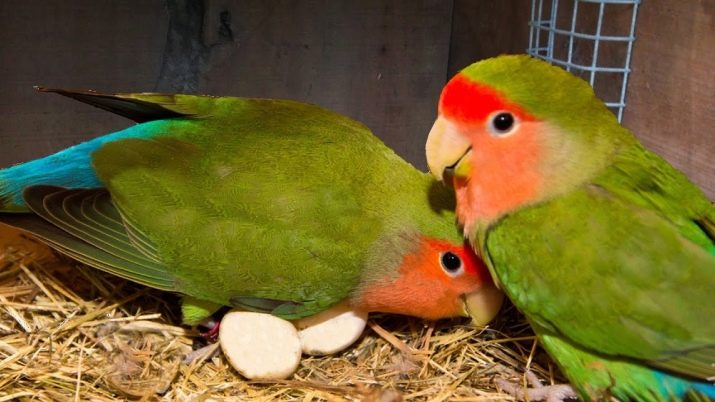
Possible problems
Immunocompromised pets can get sick quickly. Most often, birds are exposed to the following diseases:
- obesity;
- parasitic diseases: worms, aspergillosis, knemidocoptosis, roundworm;
- metabolic disorders: rickets, hypovitaminosis, lack of feather growth, French molt;
- ornithosis;
- infectious lesions: coccidiosis, rhinitis, salmonellosis, pneumonia, Escherichiosis, bird plague, trichomoniasis, gout;
- paralysis;
- goiter inflammation;
- digestive disorders, stool disorder;
- hyperkeratosis.
Parrots are capable of poisoning with low-quality grain or ready-made food. Birds easily get fractures and cracks, break feathers and beak. Upon receipt of psychological trauma, pets become aggressive.


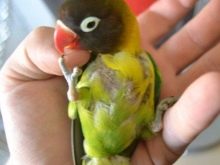
To prevent the development of diseases, it is recommended to adhere to the following rules.
- Constantly disinfect the cage, toys and poles with boiling water, formalin solution. After the death of the pet, it is necessary to wipe the cage with a solution of creolin and sodium. Inspect inventory for damage so that the bird is not injured.
- Correctly adjust the diet: to maintain the functioning of the immune systems, the bird must receive enough vitamins and minerals.
- Physical activity and regular flights will help your pet avoid obesity, rickets and gout.
- Help the bird grind off the beak, timely cut the claws.
In addition, magazines and newspapers with color pictures cannot be placed on the cage floor. Ink can poison a bird. To avoid intoxication, use clean paper sheets.
Proper care of lovebirds helps the bird live a long life without disease.
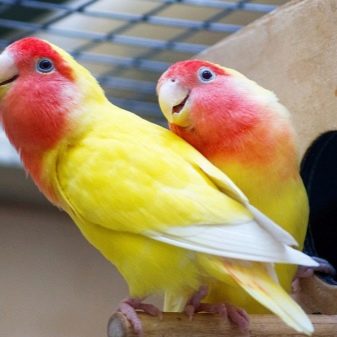
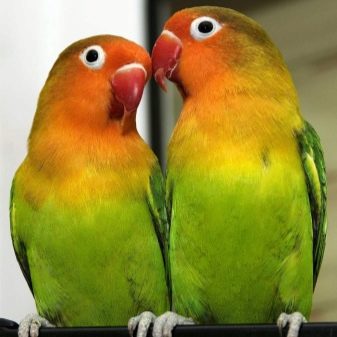
All about lovebirds see below.
